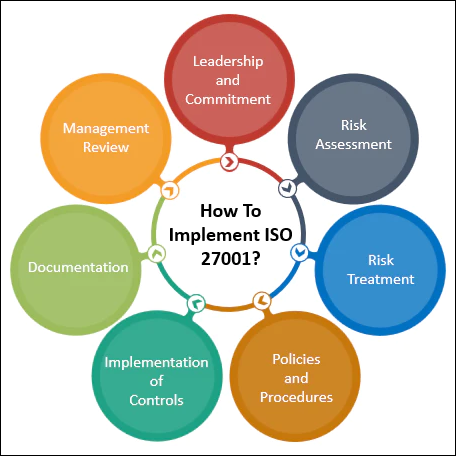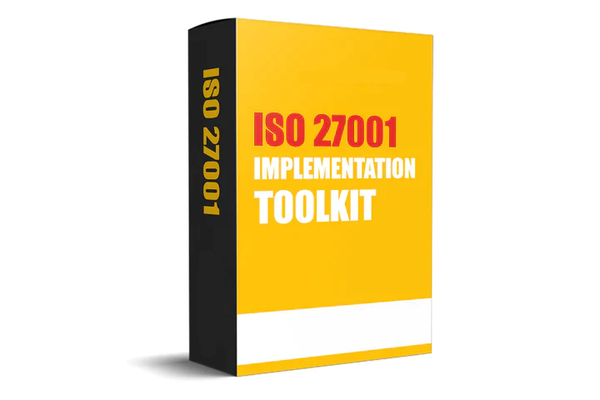How To Implement ISO 27001?
This comprehensive framework provides a structured approach to managing information security risks and ensuring the confidentiality, integrity, and availability of critical information assets. In this process, businesses establish policies, procedures, and controls to effectively manage information security, conduct risk assessments, and continuously improve their security posture. ISO 27001 implementation not only helps mitigate security risks but also builds trust with stakeholders, enhances regulatory compliance, and demonstrates a commitment to data security in an increasingly digital world.
Key Components of ISO 27001?
Leadership and Commitment:
- Begin by obtaining the commitment of top management. This ensures that the implementation of ISO 27001 is a company-wide effort.
- Define roles and responsibilities for key individuals involved in the process.
- Identify and assess information security risks. What threats and vulnerabilities exist within your scope?
- Use risk assessment methodologies to prioritize and understand these risks.
- Develop a risk treatment plan to address the identified risks. This plan should outline how risks will be mitigated, avoided, or accepted.
- Ensure that the selected risk treatment measures align with business objectives.
- Develop information security policies that guide your organization's security practices.
- Create procedures and work instructions to implement these policies effectively.
- Select and implement appropriate security controls based on the ISO 27001 framework.
- Controls may include physical security, access control, encryption, and more.
- Create and maintain documentation, including the Statement of Applicability (SoA) and the Information Security Management System Manual (ISMS Manual).
- Ensure that records are kept to demonstrate compliance.
- Schedule regular management reviews to evaluate the performance of the ISMS.
- Use these reviews to make necessary improvements and updates.
Conclusion
In conclusion, implementing ISO 27001 is a vital step for any organization seeking to fortify its information security practices. This internationally recognized standard not only safeguards sensitive data but also instills a culture of security, risk management, and continual improvement. By following the structured process outlined in this guide, organizations can systematically identify and address security risks, establish robust control mechanisms, and demonstrate their commitment to protecting valuable information assets.ISO 27001 certification offers a competitive advantage, builds trust with stakeholders, and ensures compliance with legal and regulatory requirements.




